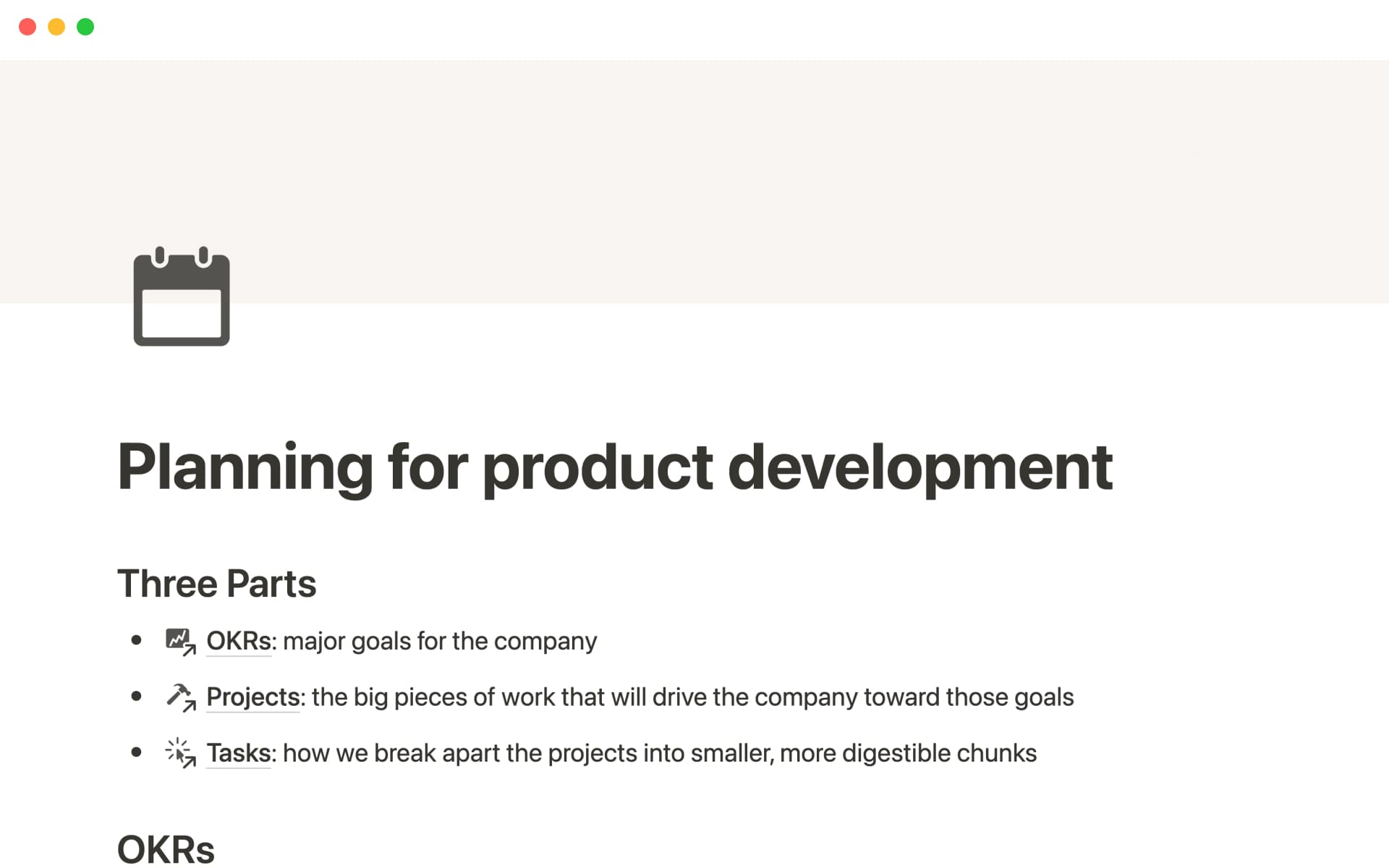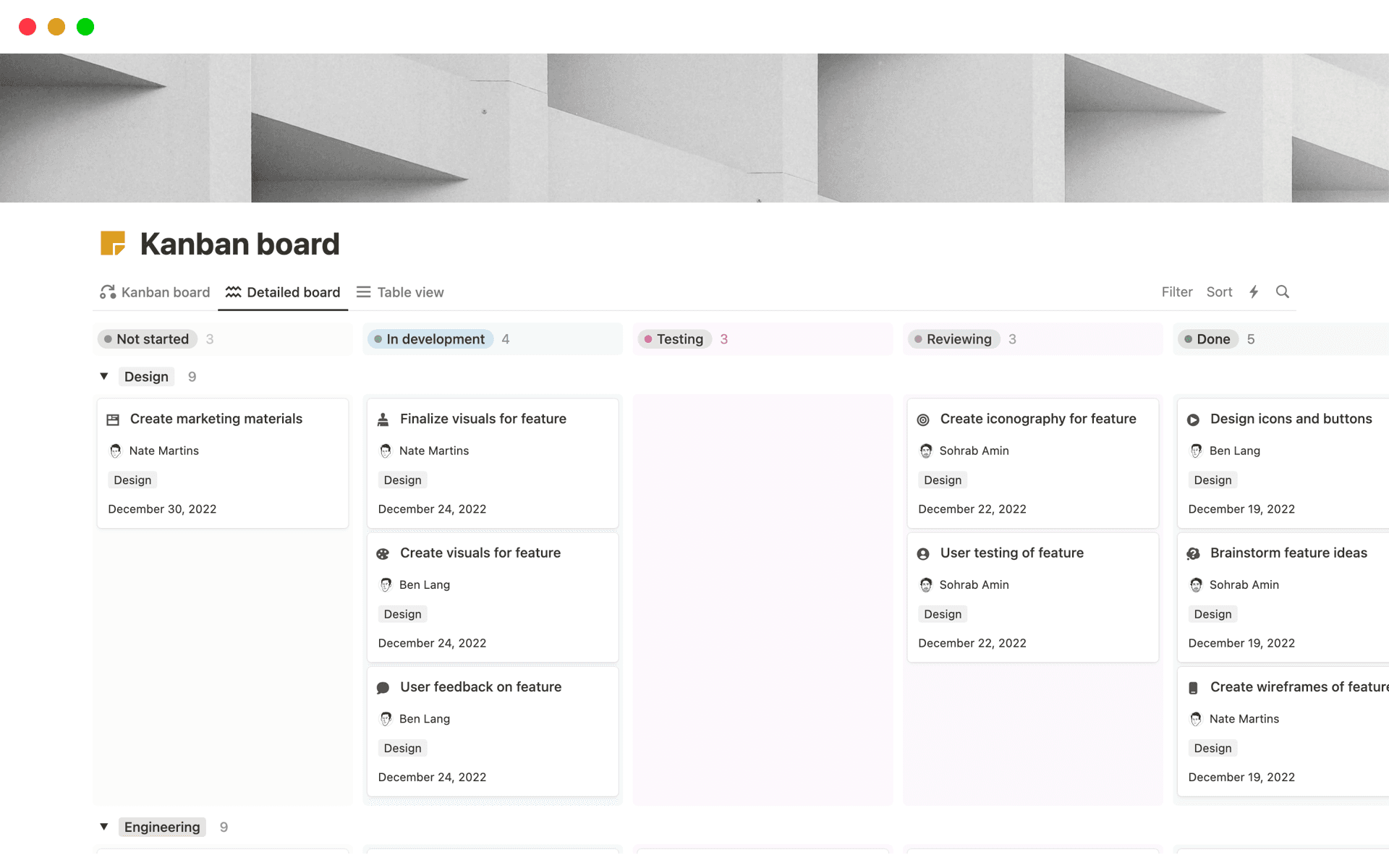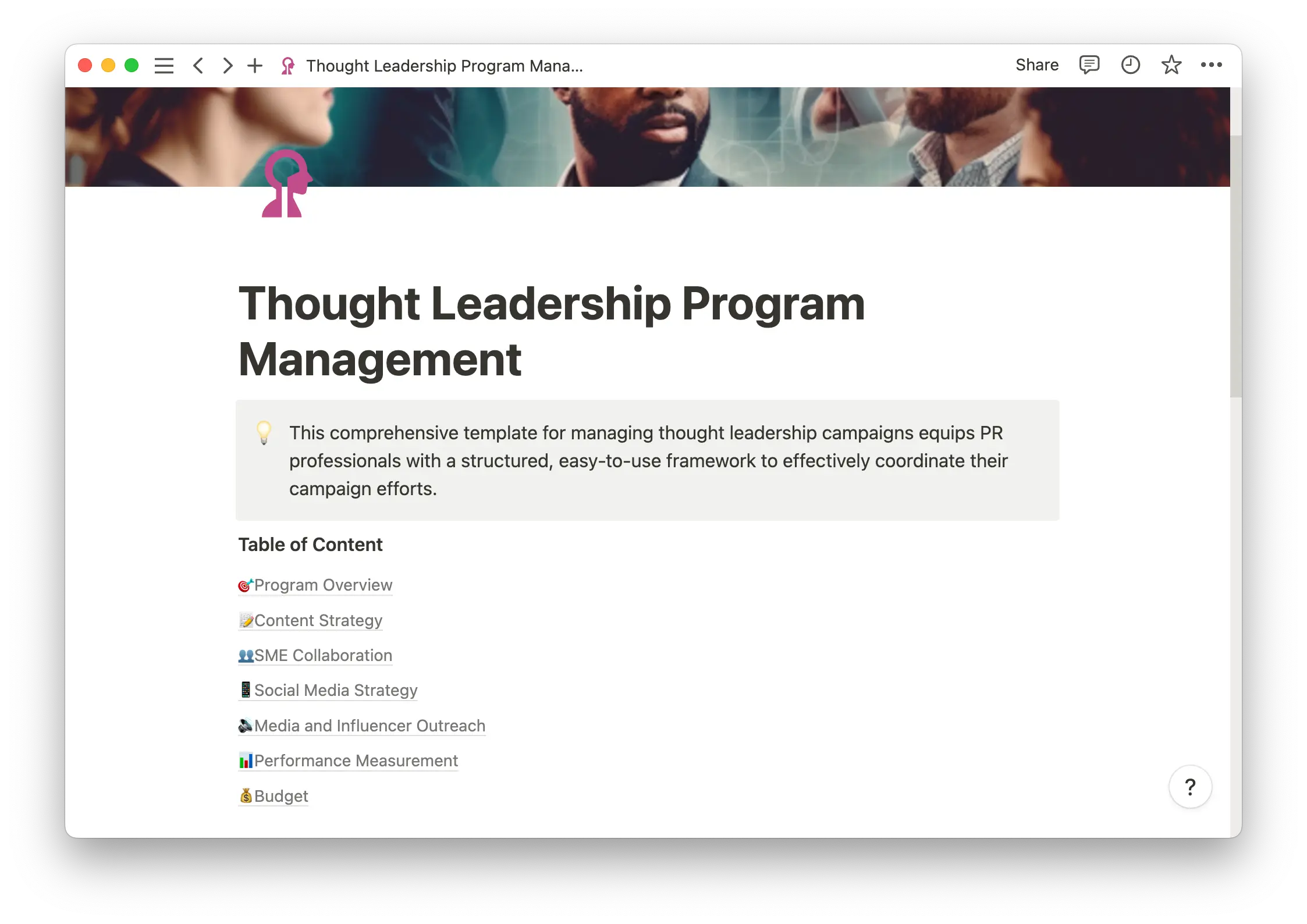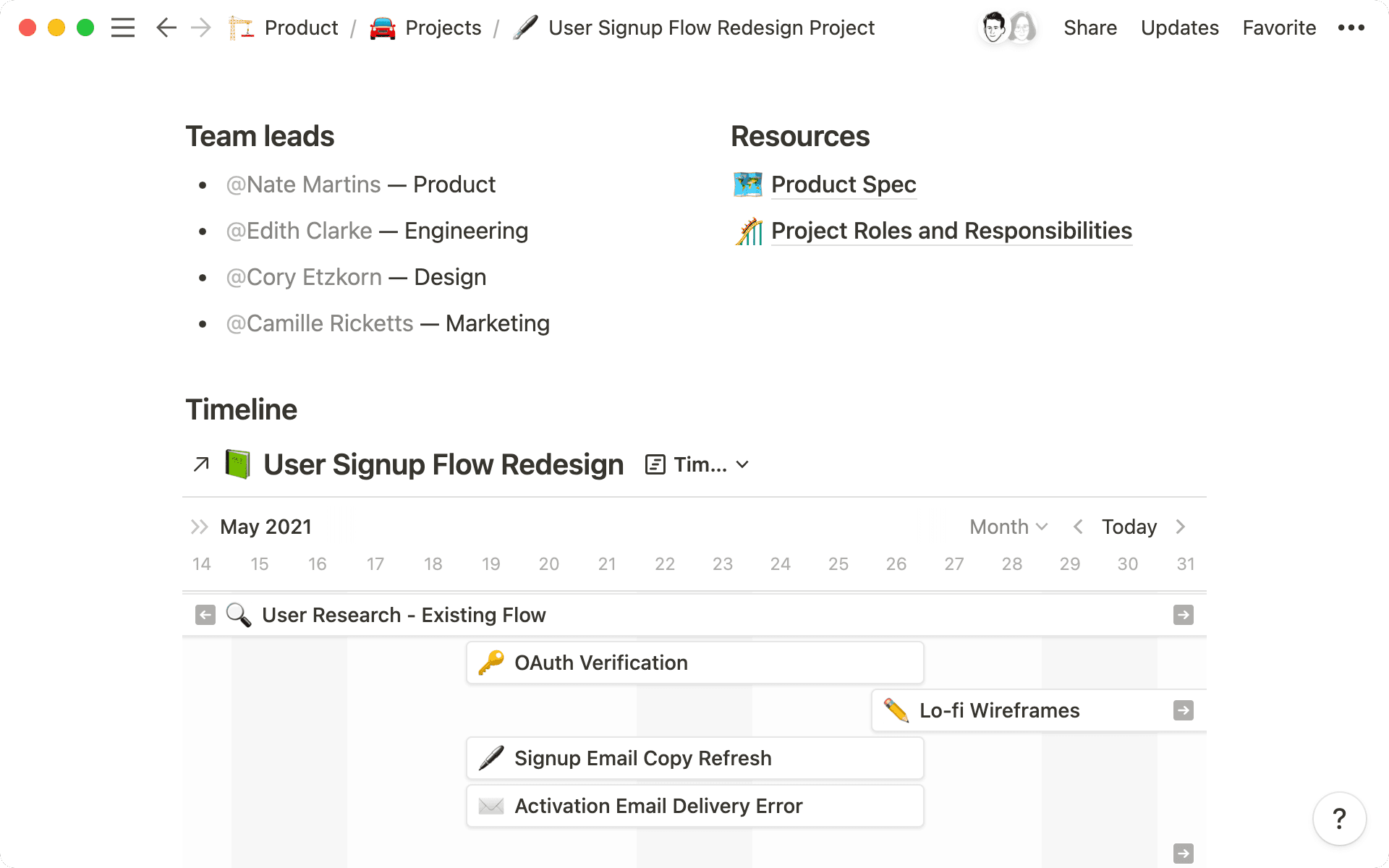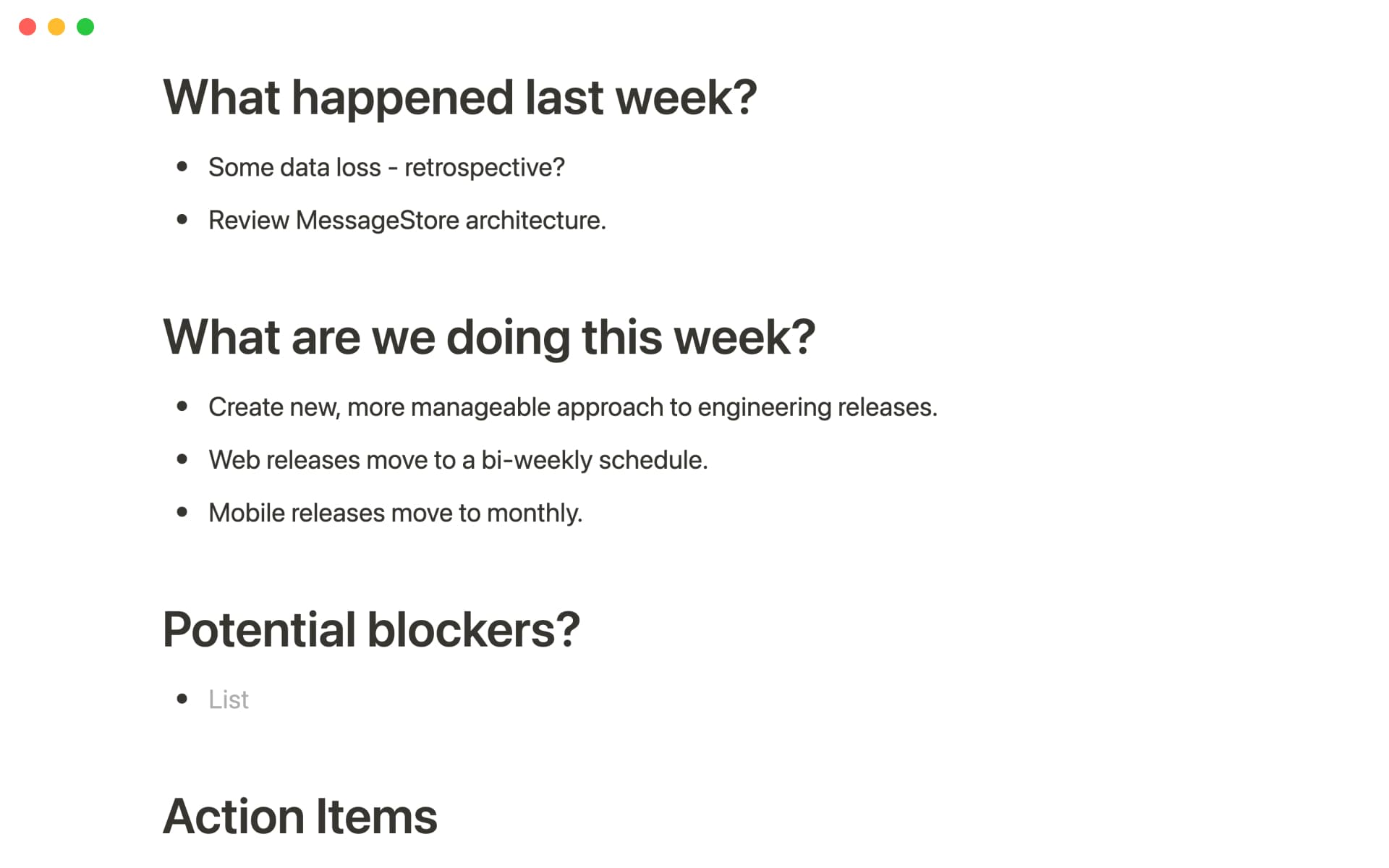The first step of setting a new professional goal is mapping out how to get there.
Combined with careful analysis and planning, a project strategy makes your journey more efficient and effective. But even the best-laid plans aren’t a substitute for action — you can’t reap the benefits of a strategy until you implement it.
After you and your team set your targets, you need to ensure the feasibility of these objectives and plot their execution. Then it’s time to employ strategy implementation to take the project over the finish line.
What is strategy implementation?
In simple terms, strategy implementation is the process of turning ideas into actions.
So any process that sees a project through could be an implementation strategy, right? Technically, yes. But in the world of business, it’s crucial to be deliberate and methodical to mitigate wasted time and resources. When we talk about strategy implementation, we’re referring to a specific methodology for bringing plans to life.
You should follow a rigid system of implementation steps when realizing a strategy. Adhering to a proven, standard process promotes consistency and minimizes the risk that your team delivers work that’s late, off-budget, out of scope, or lacking quality. This is especially critical when you’re working with people from different departments and professional backgrounds.
Strong strategy implementation requires you to gather relevant teams and bring everyone to the table. This type of collaboration encourages strong communication from the onset of a project and ensures the most qualified minds at the company can contribute to a successful initiative. The implementation process then guides these teams through every active stage of a strategy, from defining goals and roles to executing work and delivering an output.
The main characteristics of strategy implementation
Every implementation looks different, but successful projects have the same characteristics. Strategy implementation plans are:
Holistic — the tasks within a strategy implementation process are integrated, meaning multiple teams must work together. For this reason, integrated projects involve cross-functional collaboration, such as the marketing, sales, and development teams pushing toward a shared goal.
Varied — integrated projects require a wide range of skills. Team members must possess the know-how to complete specific tasks and foundational soft skills, including communication, time management, and organization.
Action-oriented — strategy implementation processes must focus on finite action items that push the work along. These items should be measurable, specific, and timely.
Participative — employees with varying experience, from entry-level personnel to upper management, often collaborate on projects. As such, implementations must adhere to a clear communication plan and organizational matrix.
Key steps in the strategy implementation process
There are several strategy implementation models, but most cover the same general progression. The more extensive models contemplate feedback to improve future processes.
You can boil strategy implementation down to four core actions: goal setting, delegating, execution, and monitoring. A robust model breaks these actions down further to ensure projects aren’t just delivered but exceed expectations.
With the following implementation process, you and your team can clarify the road ahead, track project metrics, and reflect on what you should do better next time:
1. Goal-setting
Establish SMART (specific, measurable, achievable, relevant, and time-bound) objectives in the goal-setting phase. After identifying goals, strategize and choose the metrics — or key performance indicators (KPIs) — you’ll use to gauge whether the work is on track.
2. Role assignment
Identify the individuals, teams, and departments on the project, determine the leadership and reporting structure, and create a communication plan so information flows freely and team members know who to contact when there’s an issue.
3. Delegation
Revisit the tasks you identified in the goal-setting phase and delegate them to the most qualified team members. Every team has a unique approach, though many development groups opt for Kanban or Agile methods like task boards and burndown charts. Whatever project roadmap you choose, chart action items across a reasonable timeframe. Leave room for error and avoid unrealistic expectations about how much work the team can complete.
4. Execution and monitoring
Once you clarify goals, responsibilities, and tasks, the team can take action. Use documentation, such as your task tracker or burndown chart, to monitor progress and KPIs and ensure you’re reaching project milestones. Team huddles — such as scrum meetings, weekly check-ins, or one-on-ones between managers and direct reports — should also surface information about the project’s trajectory and any obstacles that are holding work back.
5. Correction
The adage about the best-laid plans going awry is relatable because it’s true. The project will inevitably hit a roadblock or require an additional iteration. Don’t sweat it — just continue to forge ahead.
For example, if a development feature fails in the testing phase, developers may need to rework it. Sometimes, corrections are more sweeping – perhaps the project scope will change to meet an additional client need, or an unforeseen circumstance will cause a significant enough delay that the team must rechart the timeline.
6. Delivery
You wrap the project by delivering the product to its intended recipient – the end user. Shortly before the delivery date, check in with team members to ensure they have the resources to complete work on time. Teams with strong communication and consistently-updated planning tools shouldn’t experience unexpected delivery delays.
7. Assessment
While the sixth step may feel like the final action, your work isn’t over when the project is completed. Hold a post-mortem meeting to assess the work retrospectively. Voice achievements and obstacles, as teams can learn from both. If the team didn’t achieve specific goals, discuss why and what you can do in future projects to avoid the same setbacks.
What do you need to implement a strategy?
Projects require five components for successful implementation: people, organization, systems, resources, and culture:
People — team members are the brains (and souls) behind a project. Delegate project tasks to the people who are best qualified to perform them. If you’re hiring, select people who believe in the company’s mission and have the proper skill set for the role.
Organization — the first three steps of strategy implementation — goal-setting, role assignment, and delegation — are vital because they organize a project into practical tasks, which you then impose onto a feasible timeline. Without organization, projects stall, creep outside of the original scope, and, in the worst cases, even fail.
Systems — systems are integral to companies and scaffold projects. For example, a marketing team must exist and have tools and day-to-day processes in place before they can participate in a project.
Resources — people may be the brains that drive an operation, but resources are the fuel. Resources include funding, supplies, and time, and team leads must allocate them wisely before a project launches.
Culture — don’t underestimate the power of a communication-positive and inclusive workspace. Project participants should feel confident raising concerns — not like they’ll be chastised. Encourage open communication and establish a culture that values all employees’ work, regardless of their seniority.
The benefits of implementing a strategy well
Better projects make better businesses. After all, these initiatives guide a company’s outputs and influence how well a product or service performs. Here are a few potential benefits of successfully implementing a project strategy:
Increase in revenue — projects promote growth, especially successful ones that deliver a product or service that meets the end user’s needs and strengthens the team that created it. A company can pursue new and more significant opportunities with well-oiled strategy implementation processes.
More streamlined operations — teams that plan, monitor, and assess processes make progress. Establish a clear and feasible project strategy that circumvents roadblocks and improves upon itself for future projects. In turn, your team can optimize workflow and identify clunky processes, saving time and other resources.
Morale boost — teams that communicate openly and have clear objectives enjoy a more rewarding workplace. Operating with a plan that promotes collaboration makes employees feel seen and productive. Plus, they hit more milestones and get to celebrate wins.
Better reputation — companies that deliver quality products on time gain an excellent reputation in the marketplace. Strategic implementations promote stellar deliveries that drive positive brand perception.
Strategy implementation best practices
Managers play an essential role in every project, even if their work is hands-off. If you’re not in the fray, you can still take the following actions to support team members:
Encourage honest communication — employees shouldn’t worry that a manager will explode if they report that the project’s hit a roadblock. Instead, managers should make themselves available, remind team members to voice issues as soon as they arise, and be prepared to problem-solve.
Provide the right tools — imagine a sales team attempting a lead-generation initiative without a customer relationship management (CRM) tool. Chaos would ensue. Managers should encourage the company to invest in the tools and training teams need to perform their roles securely, effectively, and confidently.
Get everyone on the same page from day one — new projects imply a learning curve, and it’s normal for employees to need time to grasp concepts and raise questions. Managers must ensure clarity and transparency from the start in order to avoid issues down the road, like an ill-prepared team member completing work incorrectly.
Notion facilitates project implementation
Documentation, especially planning tools, back successful strategies. Teams that use Notion’s project management platform and tap into its library of templates and guides gain invaluable planning resources.
Use Notion’s project goals hub to set achievable objectives, multi-project task-tracker to manage work, and ultimate tasks template to visualize and prioritize action items. And don’t forget to read our project timeline guide to plot action items and avoid delivery delays.

